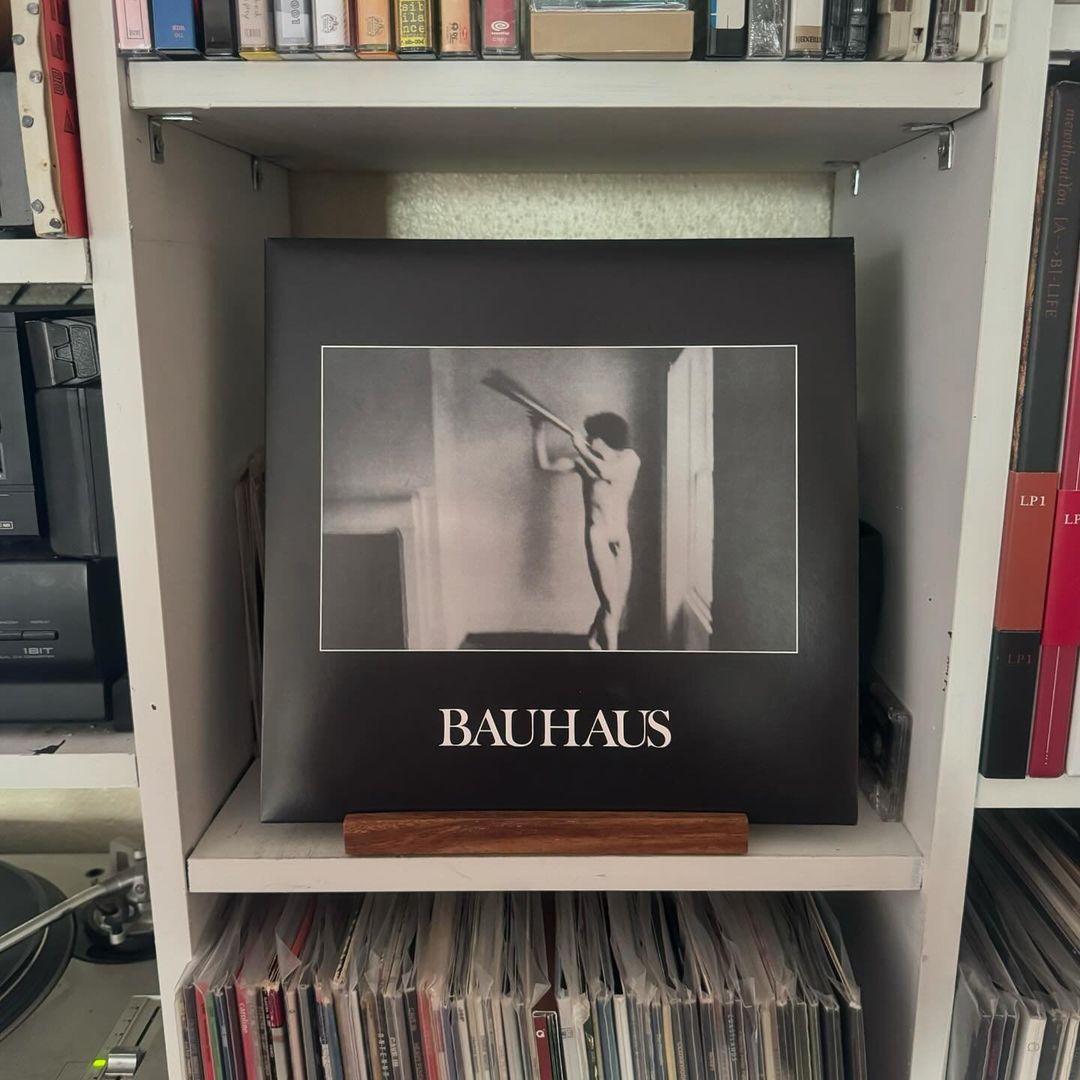 When Punk exploded in 1977, the dam burst so hard it left a crater. It didn’t take very long for the maelstrom of no-frills sonic intensity to suck up other elements. Post-punk emerged almost immediately, deconstructing punk into unrecognizable shapes. Post-punk in turn splintered into its own series of subgenres—most notably, new wave and gothic rock.
When Punk exploded in 1977, the dam burst so hard it left a crater. It didn’t take very long for the maelstrom of no-frills sonic intensity to suck up other elements. Post-punk emerged almost immediately, deconstructing punk into unrecognizable shapes. Post-punk in turn splintered into its own series of subgenres—most notably, new wave and gothic rock.
Genre taxonomy is an inexact science, and no one is totally sure who laid goth rock’s first brick. But Bauhaus is a darn good guess.
Like most early genre albums, In the Flat Field offers a sketch of goth rather than a comprehensive blueprint. In a lot of ways it still feels like a straightforward punk record. The guitars are distorted and unrefined, the drums are aggressive and urgent, vocals are often shouted.
But there’s an atmosphere and attitude here that transcends the thrashing of the Ramones or Sex Pistols. The bass is more prominent in the mix and plays countermelodies against the guitar rather than supporting lines. Likewise the drums often eschew the straightforward rhythms of punk in favor of more abstract patterns. The guitar work sometimes abandons any pretext of lead or rhythm in favor of noisy atmospheres conjured by primitive effects processing.
What made Bauhaus so important though was the range of the Peter Murphy’s vocals. At this point, punk and its offshoots featured sneers, shouts, or disaffected monotones. Murphy employs all of these (plus some spoken word), injecting them with a glam rock theatricality borrowed from Bowie and Bolan.
And while these songs’ tempos and dynamics might be a few shades more aggressive than the gossamer eeriness that would envelope goth rock, that sense of drama was the push that nudged goth away from post-punk. Some of that evolution is captured in real time. Take for instance the creeping “Spy in the Cab,” which sounds unmistakably goth, especially after the breakneck garage rock of “Dive.” Album closer “Nerves” crawls around a sluggish riff that gives some credibility to NME’s description of the group as “a hip Black Sabbath”—though he meant that pejoratively.
As I listen, I keep needing to remind myself that this record came out in 1980. Goth pioneers Siouxsie and the Banshees, Joy Division, and the Cure had already been laying the groundwork for the genre. Meanwhile the post punk vanguard of bands like Wire Gang of Four had been stretching punk’s minimalism into innovative sonic architecture. But In the Flat Field is darker, harsher, and weirder than anything their contemporaries had been doing at the time. And while this record doesn’t quite sound like what we would call goth rock now, it gave the genre one of its biggest pushes through the cathedral doors.